With the World Cup around the corner, I had been spending an exaggerated amount of time with the kids on my block, trading Panini stickers like it was a high-stakes stock exchange. The funny thing? I never really cared about soccer. But collecting those stickers was so much fun. We chased down players, teams, and stadiums with a level of excitement usually reserved for birthday cake and Christmas gifts.
Coming from a country that’s never qualified for the World Cup, the players in my album felt more like mythological creatures than real people. They were unreachable heroes living only inside the glossy pages of my sticker album.
Imagine if I actually knew the players I was fighting so hard to get for my album. In person, I mean. Something similar (but better!) just recently happened in a small town in Japan, and that’s the format we’re exploring today…
📰 What’s the format?
A trading card game where the stars aren’t soccer players, comic book characters, or anime heroes, but ojisan (middle-aged or older men) from the local community of Saidosho (Japan).
Each card in the game has its own unique powers (kind of like what you’d find in a classic fantasy card game but with a fun twist from real life). The cards includes Mr Honda, the former head of the local fire brigade who is skilled in first aid and rescue work; soba chef Mr Takeshita, who teaches noodle-making classes; Mr Kitamura, who has never encountered a broken electrical appliance he can’t fix; Hiroyuki Fukushima, a former train driver; Fumiaki Kawai, a retired robotics expert; and Mr Fujii, a former prison correctional officer who now works as a volunteer driver for older residents (his card is so sought after that local kids have even started asking him for autographs!)
“We wanted to strengthen the connection between the children and the older generations in the community. There are so many amazing people here. I thought it was such a shame that no one knew about them…” ━Eri Miyahara, Secretary General of the Saidosho Community Council and the creator of this game.
Currently, all of the cards are made by hand and are only available for sale at the Saidosho Community Center.
🎛️ What are the features?
It’s a familiar format. Kids already understand how card games work. By using a known structure (elements, power moves, stats), the game invites participation without needing to explain everything. Learning happens within the play.
Community becomes the curriculum. Kids are now seeking out the people on their cards. Volunteering at events, chatting with elders, listening to stories. The town itself becomes the classroom.
💡 Why is this format effective for learning?
In his study “Place-Based Education: Learning To Be Where We Are”, Gregory A. Smith shows that when you learn through local experiences, you’re more engaged, remember what you learn for longer, and feel more connected to the place where you live. It fosters authentic engagement, relevance, and contextual transfer of learning.
That’s exactly what happened in this small Japanese town. And it worked. Kids started showing up at town events, volunteering, and seeking out the people on their cards. Locals say the project has helped break down invisible walls between generations, and participation in community events has doubled. The game not only taught kids about the people in their community; it brought everyone closer together.
“Children are really good at remembering faces, and they’ve even persuaded some of the shyer adults to become characters.” ━ Yuki Murakami, town official.
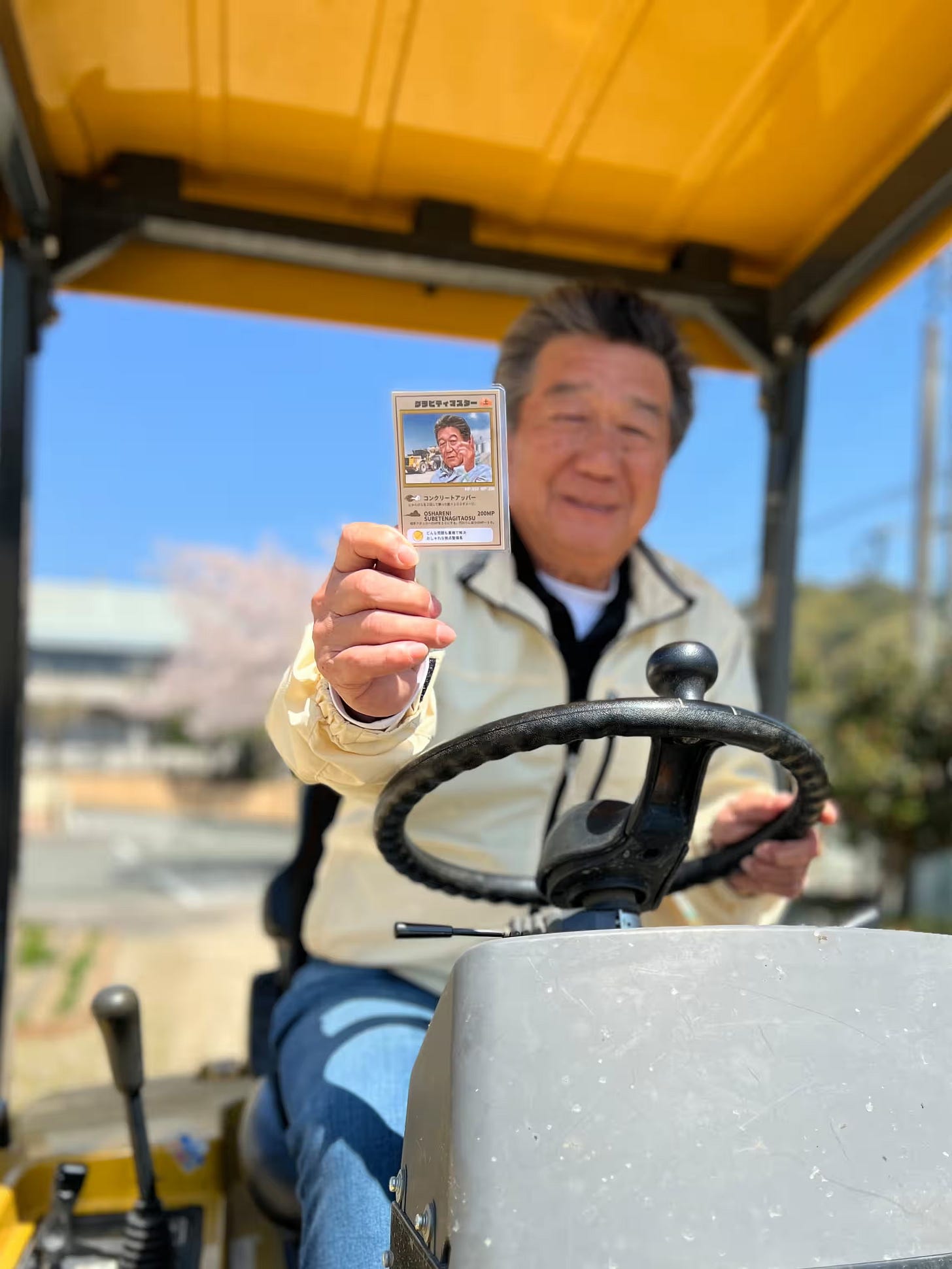
In the paper cited above, Smith argues for an educational approach that connects learning to local phenomena and environments, emphasizing how learners can develop deeper understanding and engagement when their education is rooted in local history, culture, landscapes, and community issues…
💌 An invitation
What if learning games like this weren’t just for kids? Imagine a workplace onboarding experience that uses cards to introduce team members through their hidden skills and stories. Or a mentorship program where mentors are the “rare cards” people strive to meet. What if a local library created a community quest where every book checkout unlocked a conversation with someone who lived the history? Could we honor the invisible labor of people in our community by making their life stories playable?
What would a card game look like in your world?
Who would be in the deck?
What powers would they hold?
🪁 Life Lately
May has been a busy, tiring, and fulfilling month. I got to celebrate my birthday three different times with Javi, RSM, and my family. We launched our first Lunar Society experiment centered around a book! I playtested with Andre and Lily, hiked with Isa and Carmen, celebrated Chuck’s wedding, and somehow ended up singing along to Selena with our Uber driver on the way back from a facilitation event.
A collection of OBSERVATIONS by Spencer Tweedy (I’m tempted to start a mini project like this…)
The Shape of Play. This study surveyed over 33,000 children and adults to explore how play is evolving across generations. By Mattel.
Really enjoyed this piece by Will Ogilvie on what an 18th-century philosopher can teach us about being true to ourselves in an age of performance.
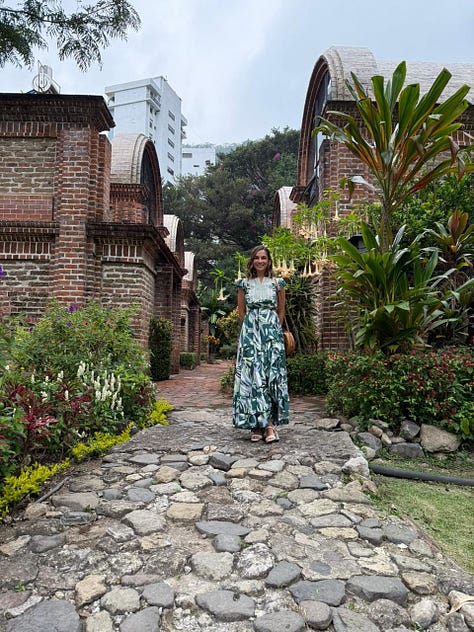



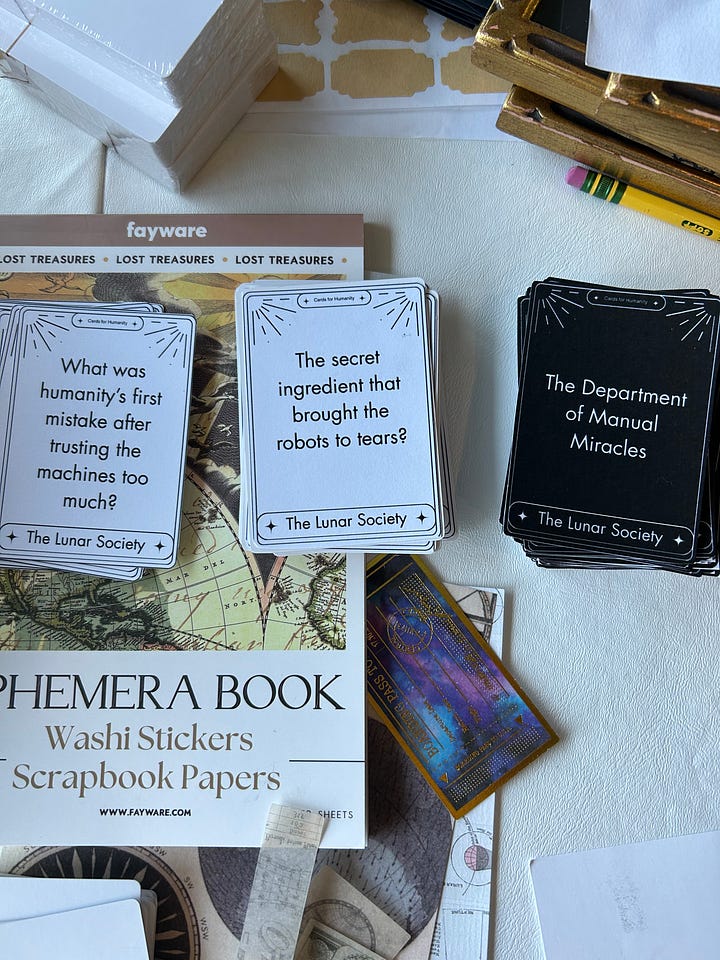


I appreciate your time. Thank you for reading! 💙 I also value your feedback (suggestions, critiques, constructive ideas…) as well as your tips or suggestions for future editions. I’d love to hear about you in the comments.
→ Or just click the heart symbol. That always makes me smile :-)
*This post’s gif is from @gifitup

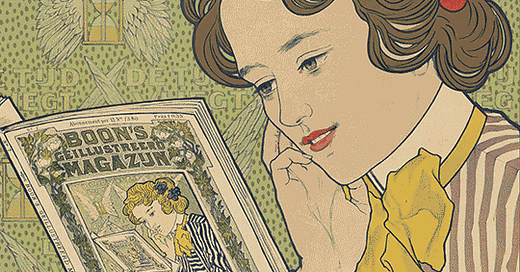



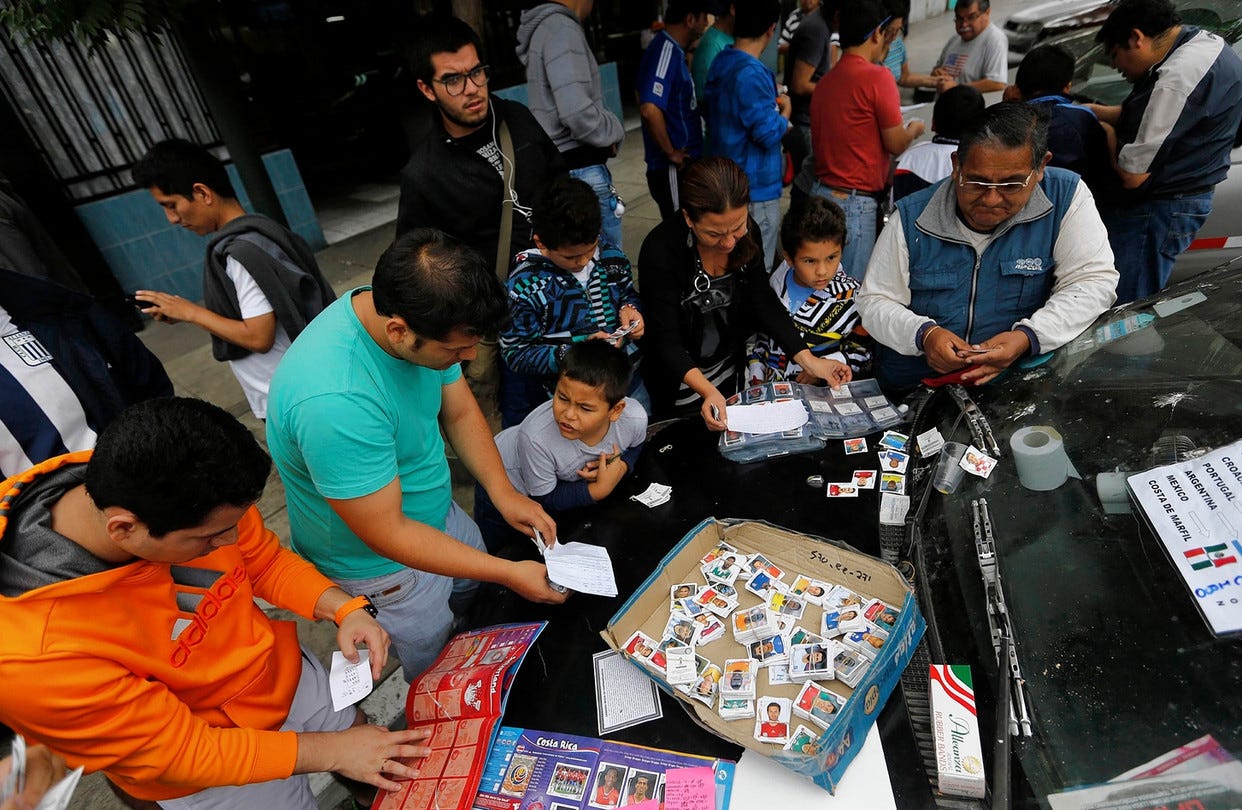
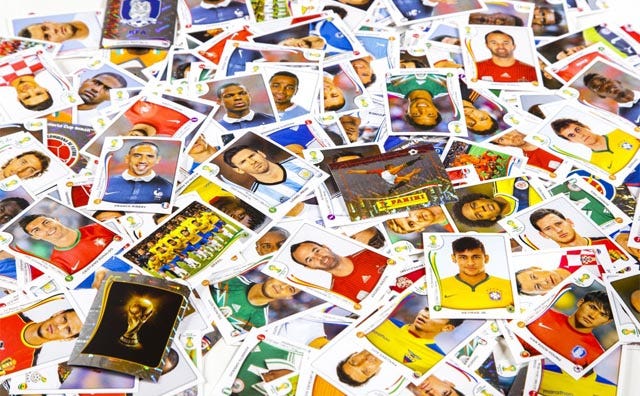

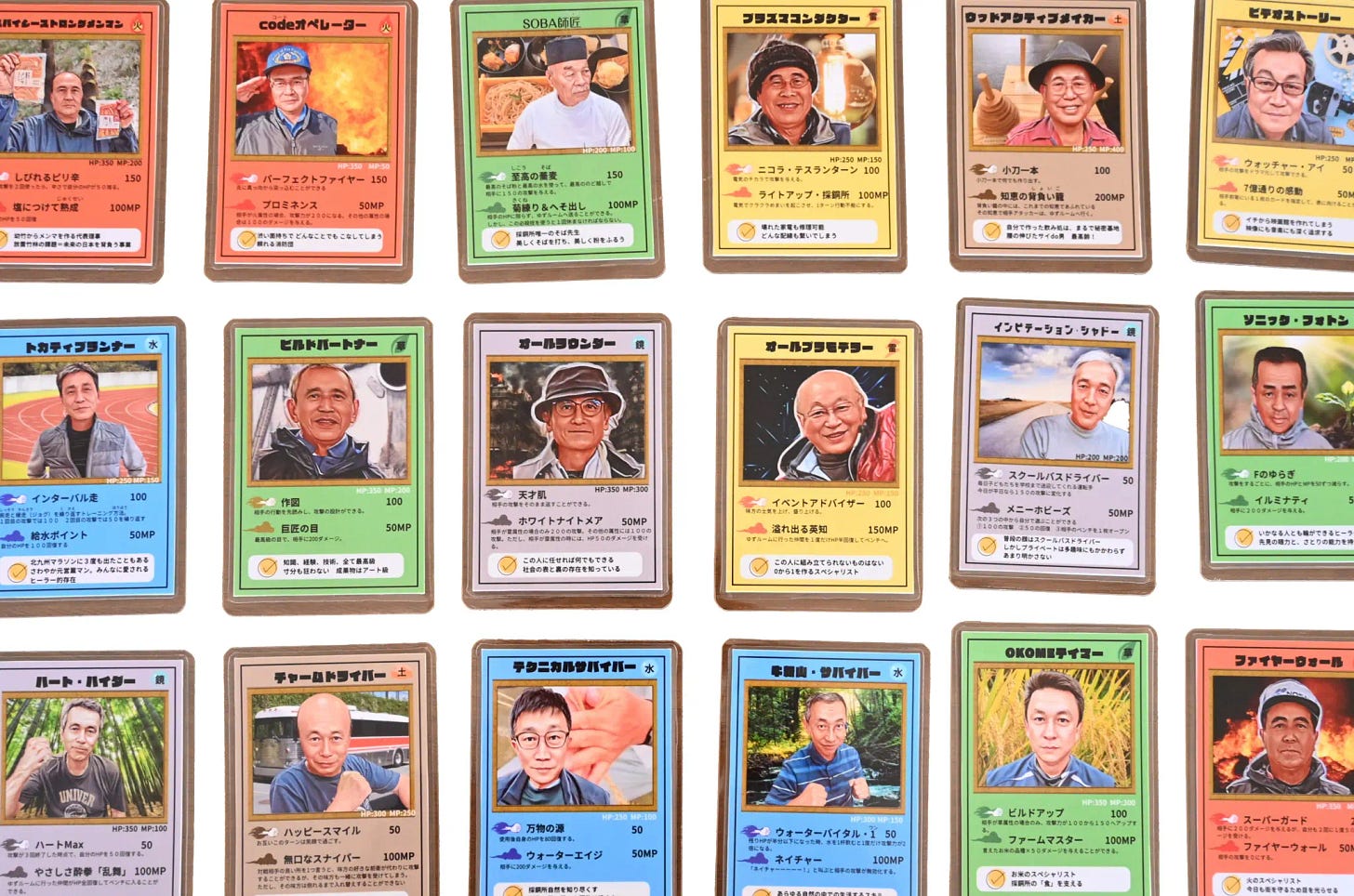






Love your content!